Boston Fern With Black Fronds: Reviving Black Fronds On Boston Ferns
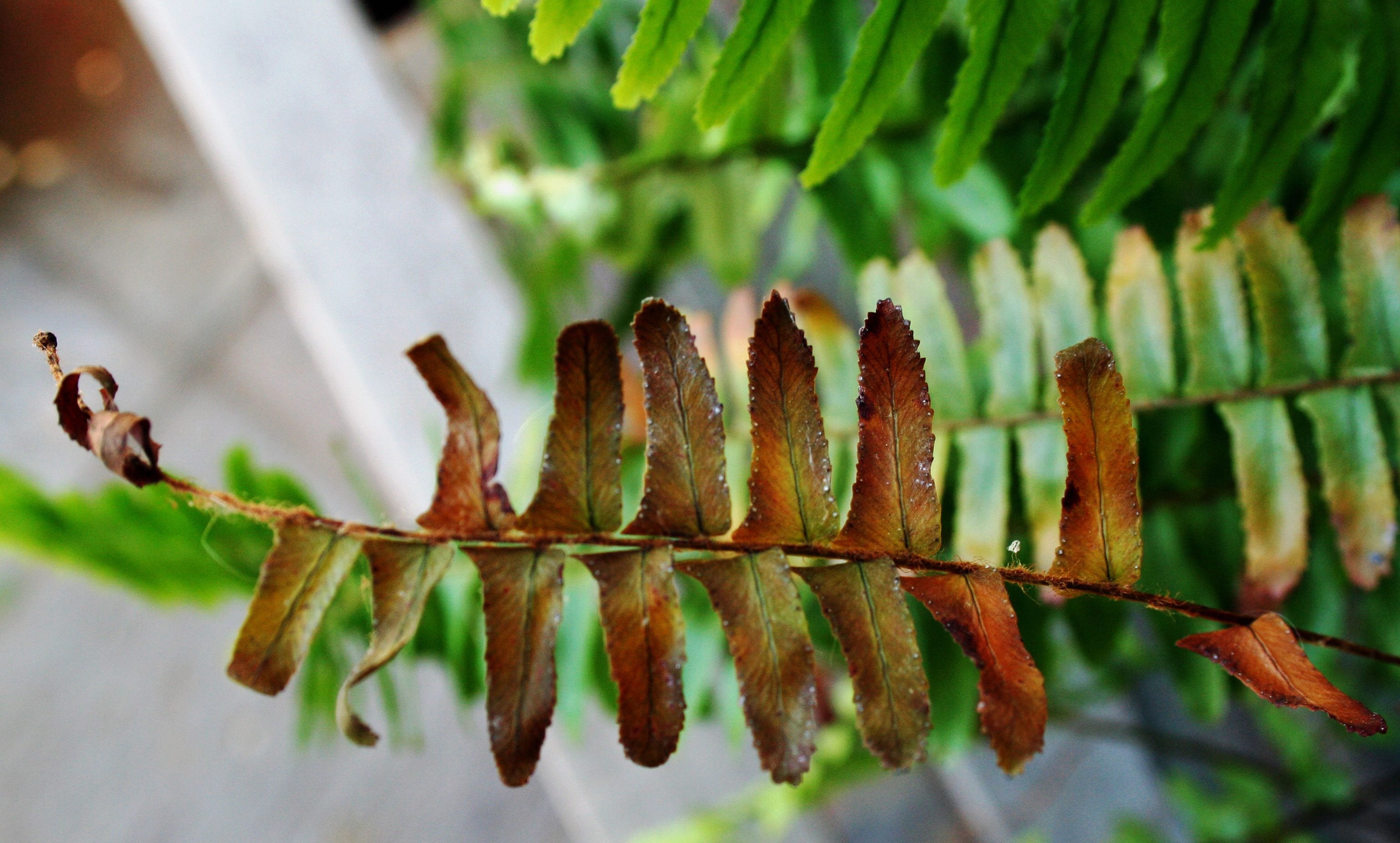

Boston ferns are fabulously popular houseplants. Hardy in USDA zones 9 to 11, they are kept indoors in pots in most regions. Capable of growing 3 feet (1 m.) high and 4 feet (1 m.) wide, Boston ferns can brighten any room with their lush green foliage. That’s why it can be so disheartening to see your vibrant green fern fronds turning black or brown. Keep reading to learn what causes a Boston fern with black fronds, and what to do about it.
Boston Fern Fronds Turning Black Isn’t Always Bad
There is one case in which a Boston fern with black fronds is perfectly natural, and it’s good to be able to spot it. You may see small black spots on the undersides of your fern’s leaves, lined up in regular rows. These spots are spores, and they’re the fern’s way of reproducing. Eventually, the spores will drop to the soil below and grow into reproductive structures. If you see these spots, don’t take any action! It’s a sign that your fern is healthy. Your fern will also experience some natural browning as it ages. As new growth emerges, the oldest leaves at the bottom of the fern will wither and turn brown to black to make way for new growth. This is totally normal. Cut away the discolored leaves to keep the plant looking fresh.
When Boston Fern Fronds Turning Black is Not Good
Boston fern fronds turning brown or black may also signal trouble, however. If your fern’s leaves are suffering from brown or black spots or stripes, there may be nematodes in the soil. Add lots of compost to the soil-- this will encourage the growth of beneficial fungi that should destroy the nematodes. If the infestation is bad, remove any infected plants. Small, but spreading, soft brown to black spots with an unpleasant odor are most likely a sign of bacterial soft rot. Destroy any infected plants. Leaf tip burn manifests as browning and withering tips on fronds and leaves. Destroy any infected plants. Rhizoctonia Blight appears as irregular brownish black spots that start near the crown of the fern but spread very rapidly. Spray with fungicide.
Gardening tips, videos, info and more delivered right to your inbox!
Sign up for the Gardening Know How newsletter today and receive a free copy of our e-book "How to Grow Delicious Tomatoes".

The only child of a horticulturist and an English teacher, Liz Baessler was destined to become a gardening editor. She has been with Gardening Know how since 2015, and a Senior Editor since 2020. She holds a BA in English from Brandeis University and an MA in English from the University of Geneva, Switzerland. After years of gardening in containers and community garden plots, she finally has a backyard of her own, which she is systematically filling with vegetables and flowers.
-
 10 Common Composting Problems That Can Spoil Your Garden Gold – Plus Easy Fixes
10 Common Composting Problems That Can Spoil Your Garden Gold – Plus Easy FixesLearn how to troubleshoot common composting issues before they ruin your stash – from bad smells and bugs to materials not breaking down as they should.
By Susan Albert
-
 Terrifically Tubular Flowers For Hummingbirds: 9 Tube-Flowered Plants To Attract Hummers
Terrifically Tubular Flowers For Hummingbirds: 9 Tube-Flowered Plants To Attract HummersGrowing tubular flowers for hummingbirds helps you create the optimum feeding conditions for your winged friends. Here are nine tubed delights for hummers
By Tonya Barnett
-
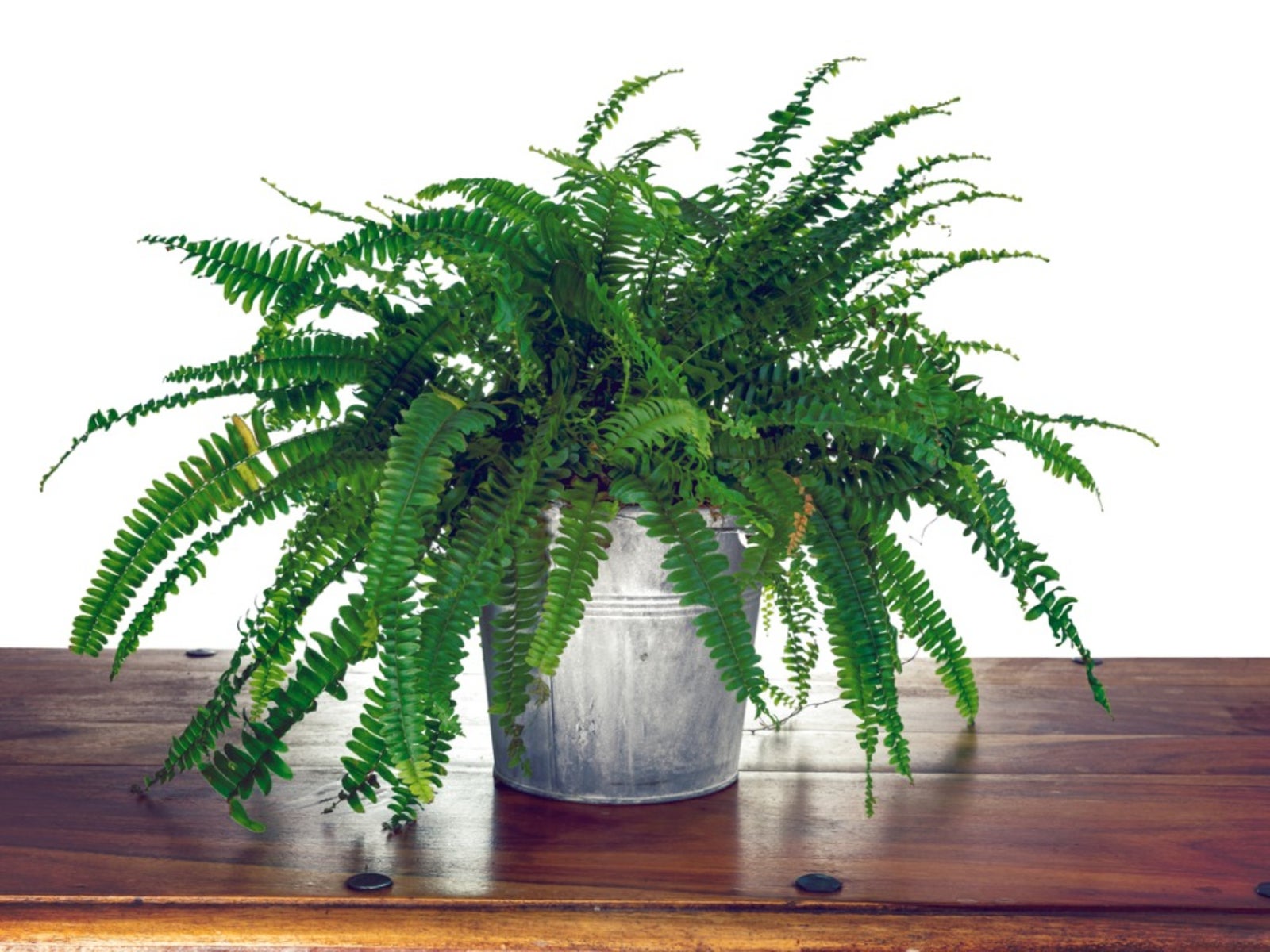 Boston Fern Diseases: Caring For Unhealthy Boston Ferns
Boston Fern Diseases: Caring For Unhealthy Boston FernsBoston ferns require adequate sunlight, water and nutrients to thrive, and good cultural practices help keep them healthy. If it doesn't get the best care - or even if it does - it may be attacked by diseases. Click here to learn more.
By Teo Spengler
-
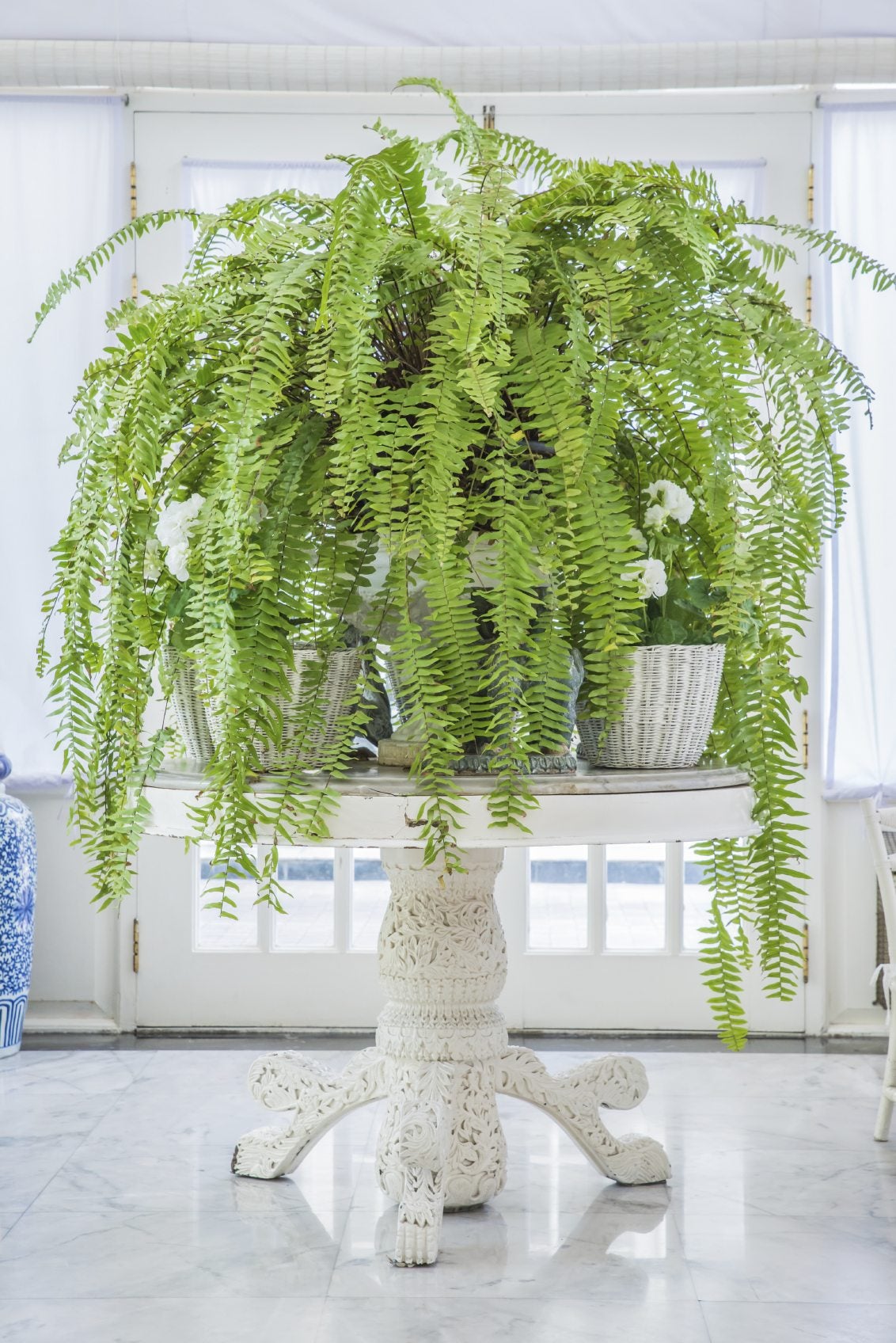 Boston Fern Light Conditions: How Much Light Does A Boston Fern Need
Boston Fern Light Conditions: How Much Light Does A Boston Fern NeedLight requirements for Boston ferns is a critical aspect of successful growing. Read this article to learn about Boston fern light needs, including Boston fern light conditions. Click here for more information.
By Mary H. Dyer
-
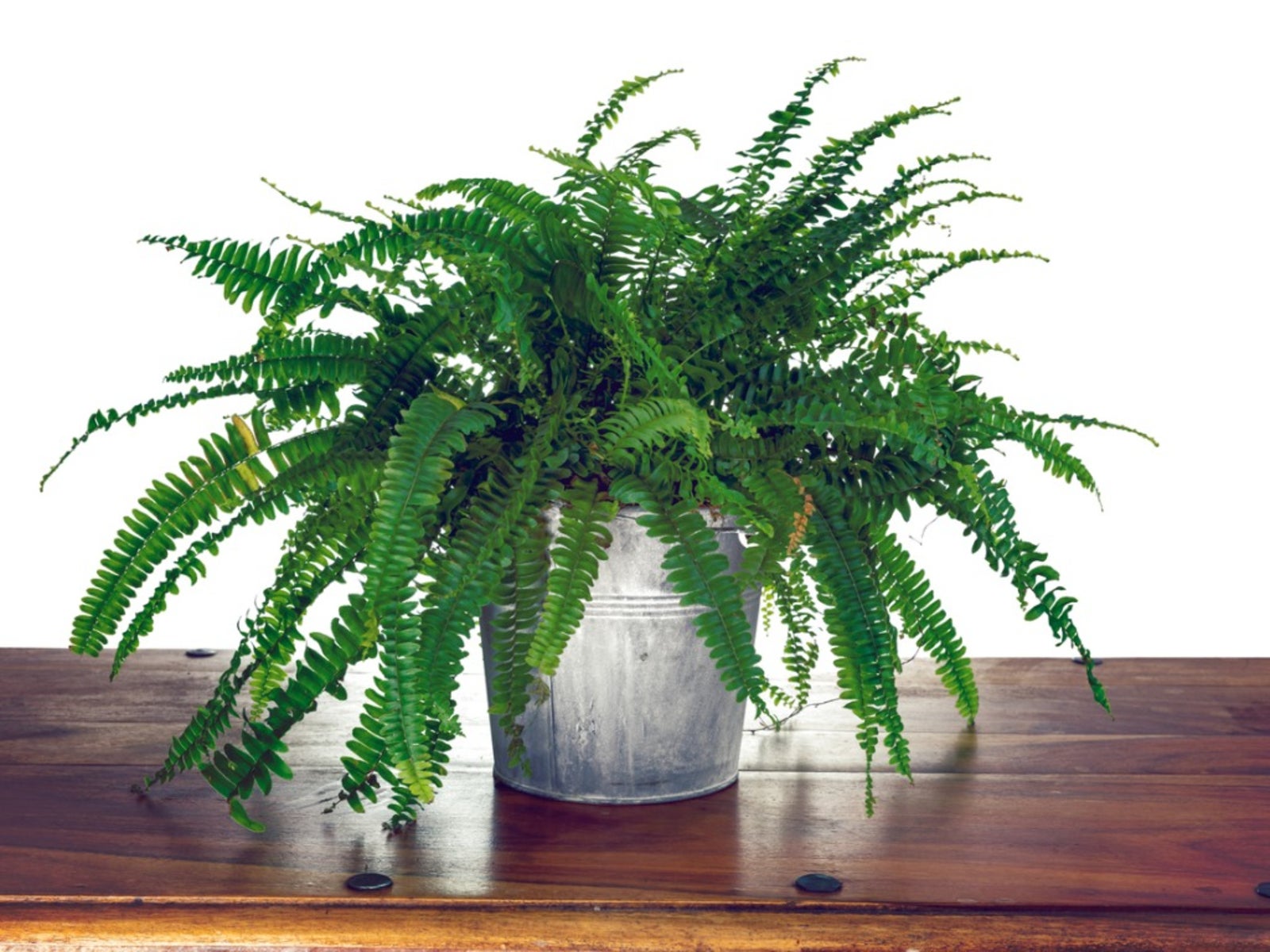 Boston Fern Humidity - Learn About Boston Fern Misting Needs
Boston Fern Humidity - Learn About Boston Fern Misting NeedsBoston fern is native to tropical climates and without a high level of humidity, the plant is likely to display dry, brown leaf tips, yellow leaves, and leaf drop. Read this article to learn more about improving Boston fern indoor air.
By Mary H. Dyer
-
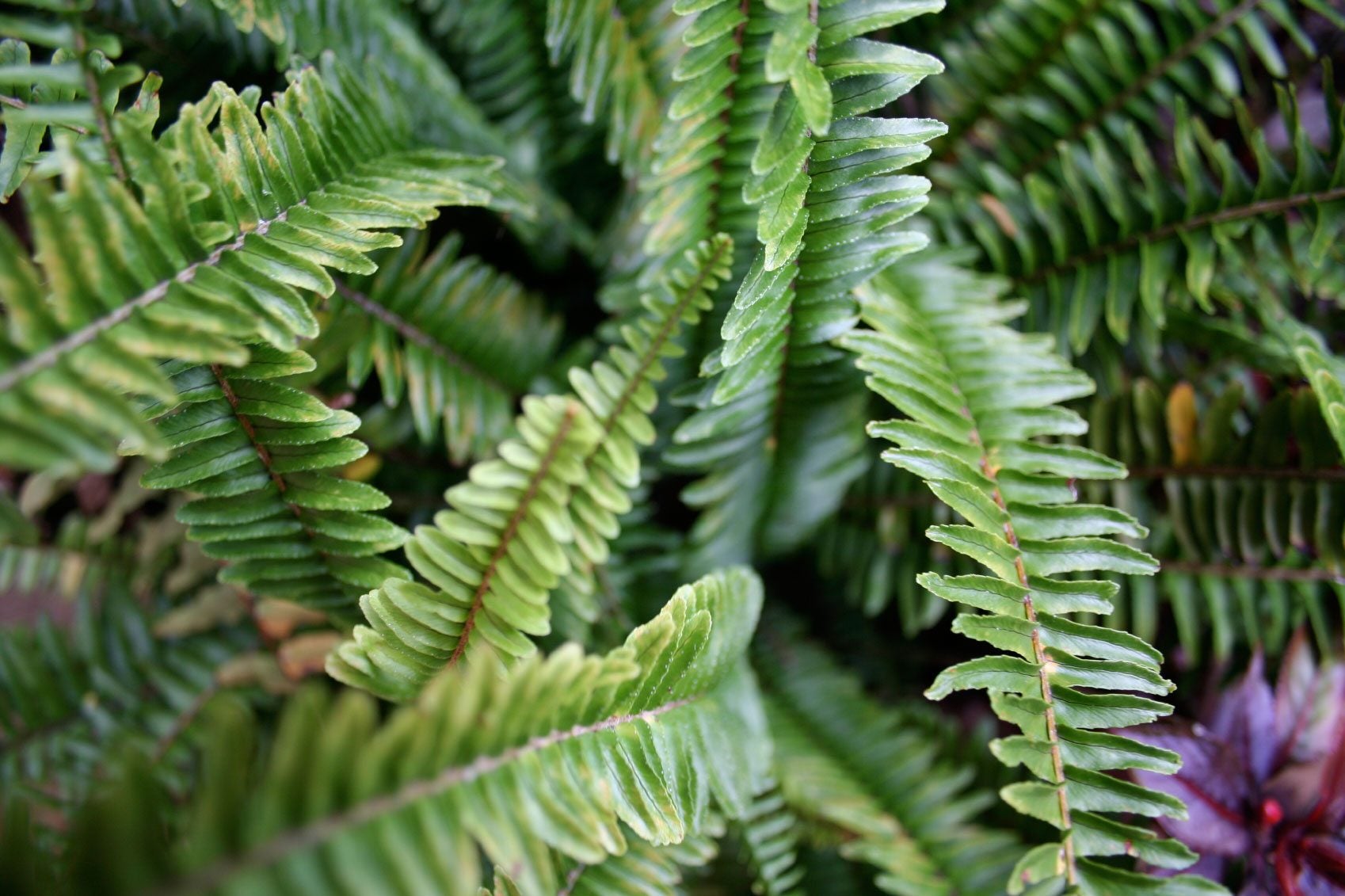 Boston Fern Leaf Drop: Why Leaflets Fall From Boston Fern Plants
Boston Fern Leaf Drop: Why Leaflets Fall From Boston Fern PlantsBoston ferns are great indoor accent plants, but they've earned a reputation for being difficult to care for due to frequent yellowing, drying or dropping of their leaves once inside. Learn how to prevent or halt Boston fern leaf drop in this informative article.
By Kristi Waterworth
-
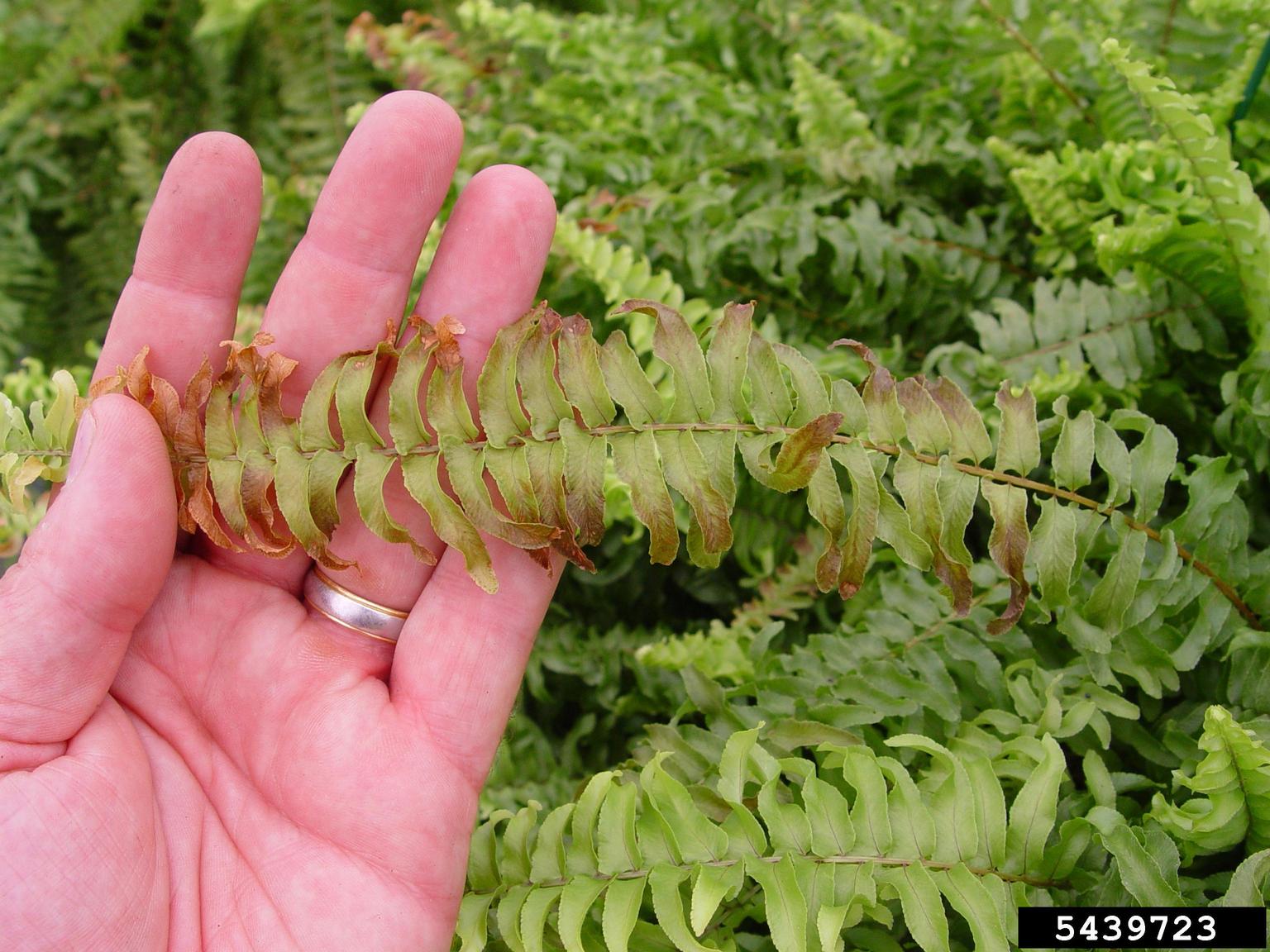 Boston Fern Turning Brown: Treating Brown Fronds On Boston Fern Plant
Boston Fern Turning Brown: Treating Brown Fronds On Boston Fern PlantThe Boston fern plant requires plenty of humidity and low light to prevent the fern from turning brown. If you have a Boston fern with brown leaves, it might be cultural or simply having the wrong site for the plant. Learn more in this article.
By Bonnie L. Grant
-
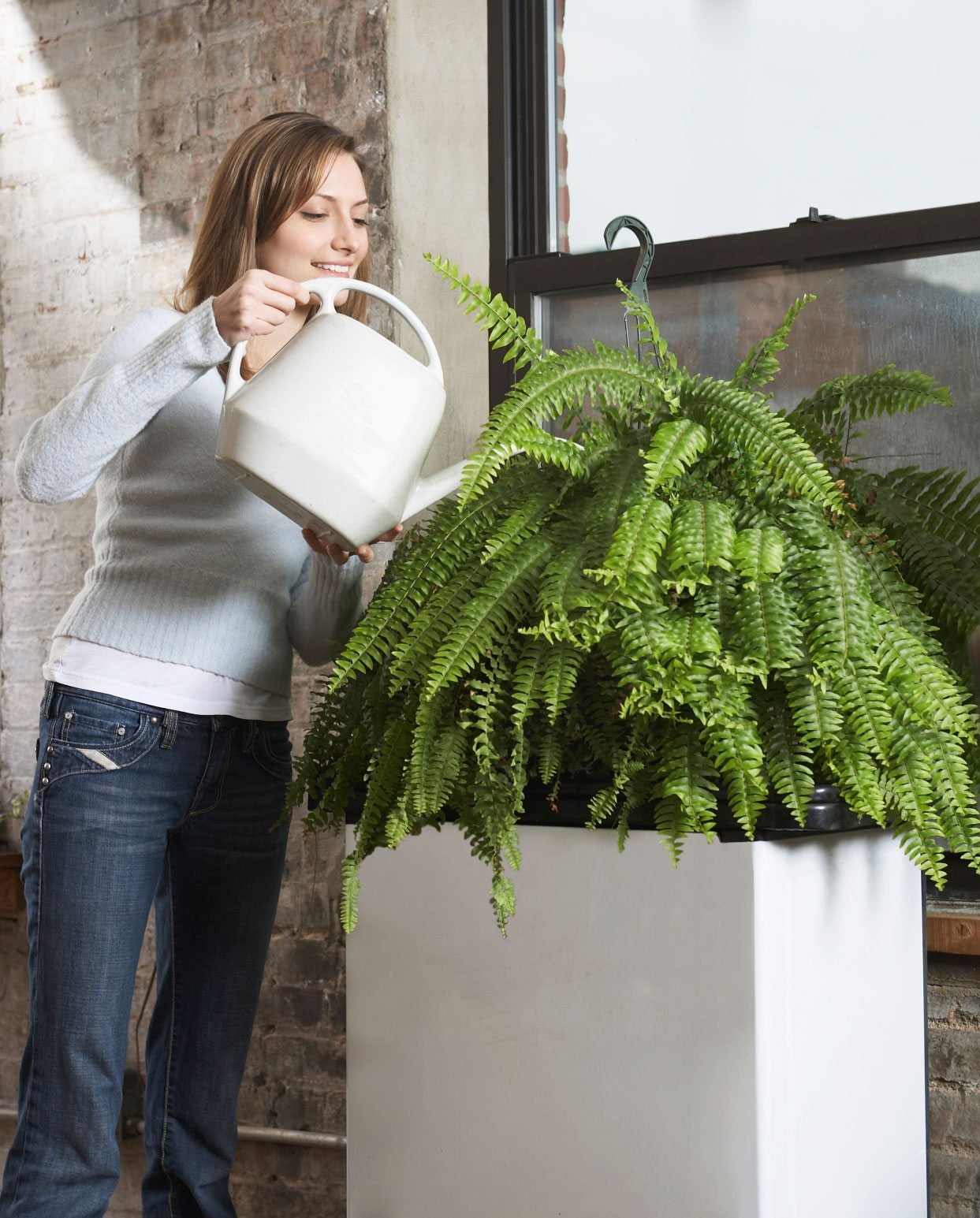 Watering A Boston Fern: Learn About Boston Fern Watering Needs
Watering A Boston Fern: Learn About Boston Fern Watering NeedsWatering a Boston fern isn't rocket science, but understanding how much and how often to water requires a bit of practice and careful attention. Click here for more info.
By Mary H. Dyer
-
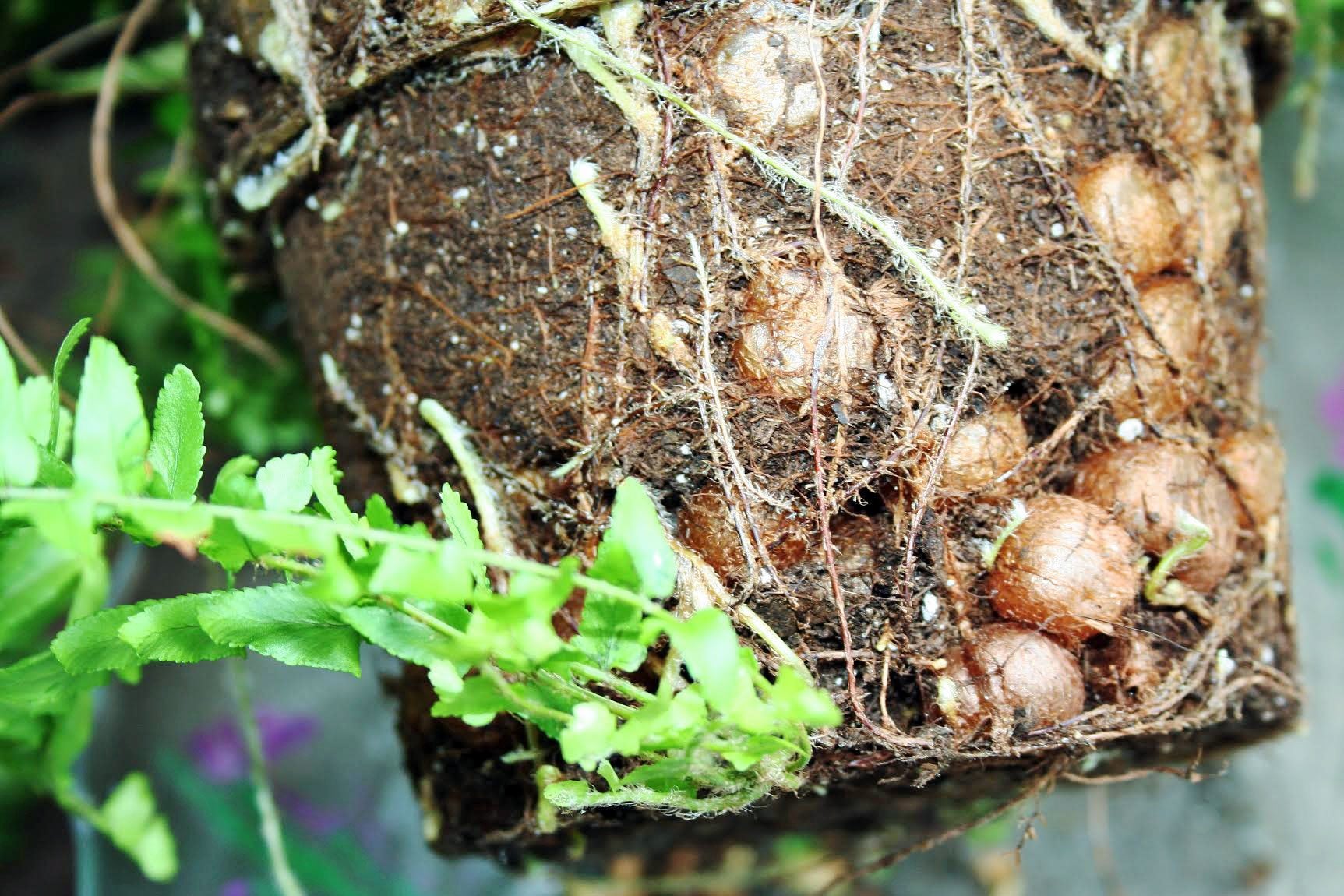 Root Nodules On Boston Fern: What Are The Balls On Roots Of Fern Plants
Root Nodules On Boston Fern: What Are The Balls On Roots Of Fern PlantsBoston fern, also known as sword fern, is a dependable plant with masses of long, graceful fronds. One might also notice root nodules on Boston fern plants, of which this article explores. Click here for more information.
By Mary H. Dyer
-
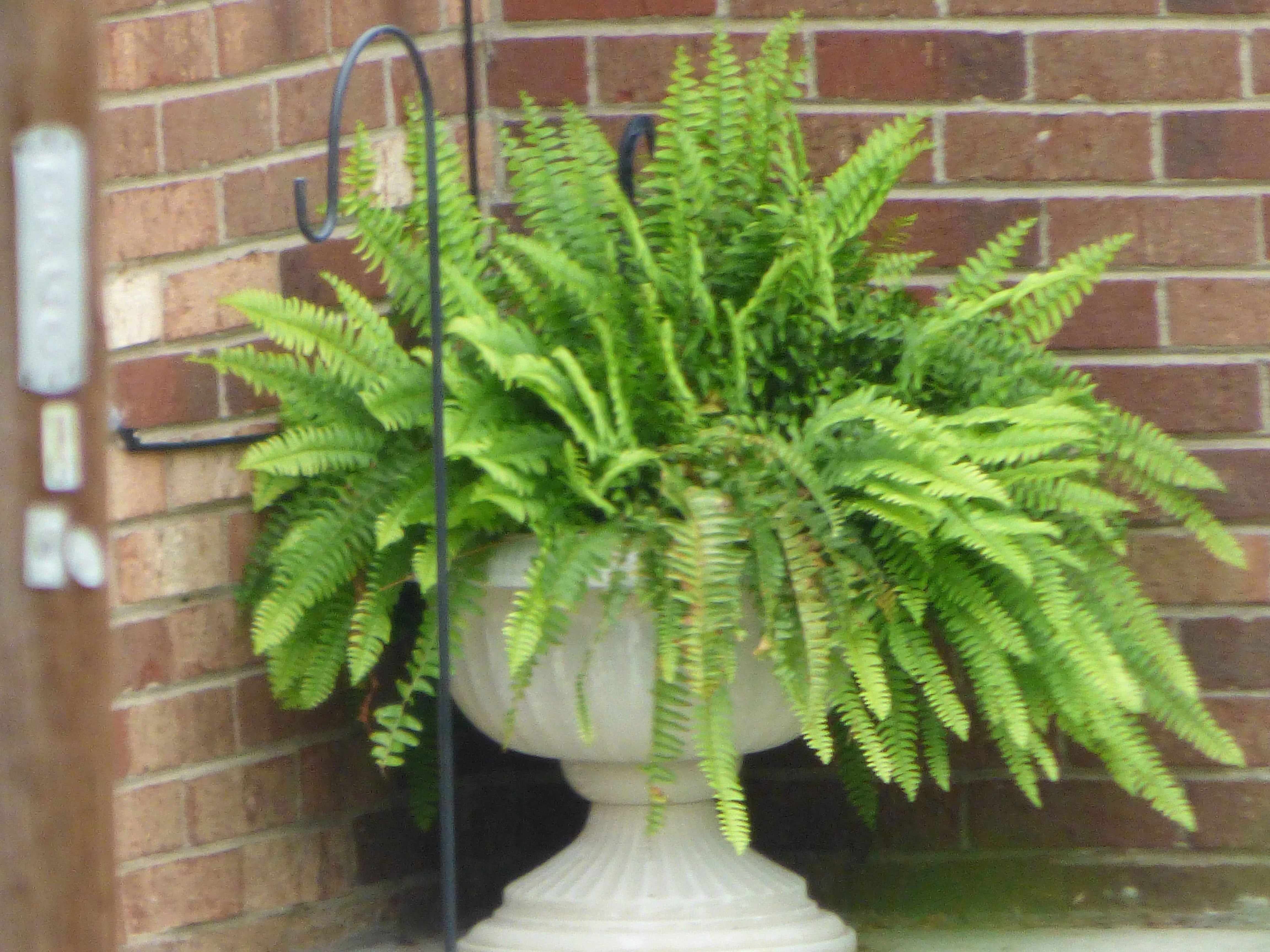 Boston Fern Outdoors: Can A Boston Fern Be Grown Outside
Boston Fern Outdoors: Can A Boston Fern Be Grown OutsideBoston fern is a lush, old-fashioned plant valued for its lacy, bright green foliage. When grown indoors, this easy-care plant provides an air of elegance and style. But can your grow Boston fern outdoors? Read here to find out.
By Mary H. Dyer